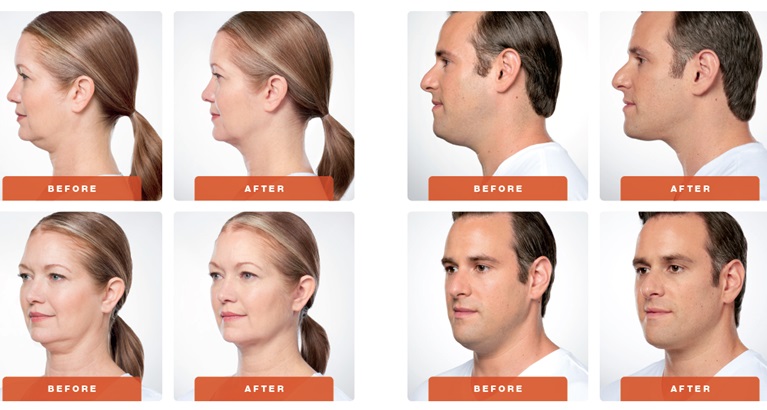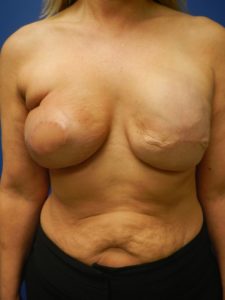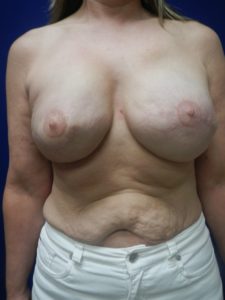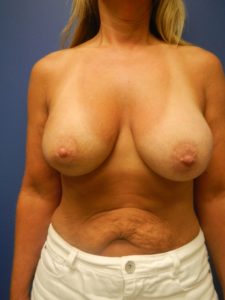The Plastic Surgery Group of Memphis is excited to offer our patients Kybella, a revolutionary, FDA-approved treatment for double chins that requires no surgery or incisions.
There are many factors that can cause a double chin to form, such as weight gain, hormonal or metabolic changes, and even genetics. Unfortunately, once a double chin is acquired, it can be quite difficult to remove without some kind of physical intervention. Unlike other parts of the body, there isn’t any easy way to target the fat under the chin through diet or exercise.
Up until the introduction of Kybella, liposuction was the only truly effective way to remove a double chin, although other options such as cooling or radio frequency treatments also existed. Kybella, however, is unique due its ability to remove the double chin using a series of short, fast injections that aren’t invasive and don’t require any downtime.
How Kybella Works
The key ingredient in Kybella is deoxycholic acid. This acid is found naturally in the human body and plays a role in the digestive process, by destroying the membranes of fat cells. By harnessing the power of deoxycholic acid, Kybella is able to effectively destroy the fat under the chin. Through a series of targeted injections, the fat in the double chin is gradually destroyed, creating a tighter appearance in the neck, and achieving a smoother transition between the jaw and the neck.
As the fat cells break down, they are gradually removed from the body through natural lymphatic processes. This gradual removal of fat cells means the shrinking of the double chin can takes several months, making it an incredibly subtle treatment that will look like a natural improvement to your appearance.
Kybella only works to reduce fat under the chin, making it a good treatment option for patients who are only dealing with a double chin in the area, and whose skin will be elastic enough to accommodate the slimmer shape of the chin after treatment is completed.
In order to achieve the best results, Kybella injections must be completed with the utmost of care by an experienced and qualified provider. It’s important to only take enough fat from under the chin to create a natural appearance with the right contours. Plastic Surgery Group of Memphis recognizes that less is sometimes more, and our providers pay special attention to that when creating a completely natural look with Kybella.
When administered properly, side effects from Kybella are minimal. Patients don’t need to take time off work, and typically there will only be some temporary mild redness at the treatment site.
How Long Does Kybella Last?
It takes approximately 2-6 injection sessions for the average patient to achieve a noticeable reduction in the size of their double chin. Each Kybella session removes more fat from the treatment site.
As long as the patient’s diet and exercise habits don’t change drastically, the results will be virtually permanent. Keeping up with a healthy diet and lifestyle after the treatments are complete is vital to maintaining lasting results.
Taking The First Step With Kybella
If you find yourself struggling with excess fat under your chin, our expert team at Plastic Surgery Group of Memphis is happy to help you decide if Kybella could be the best choice for you.

















